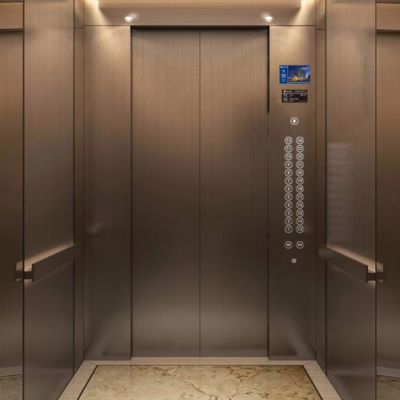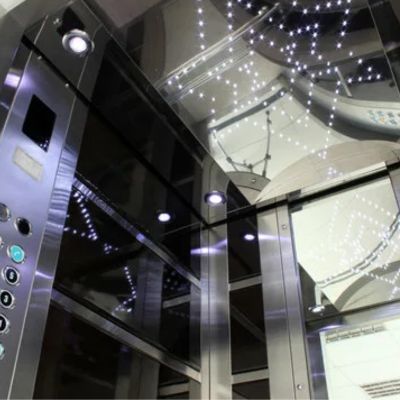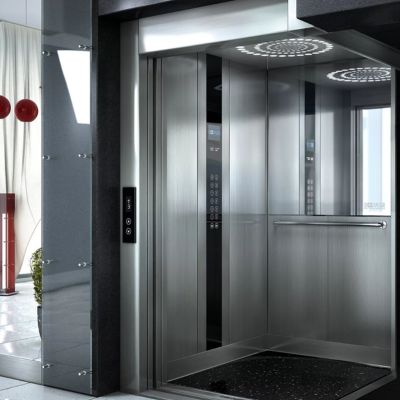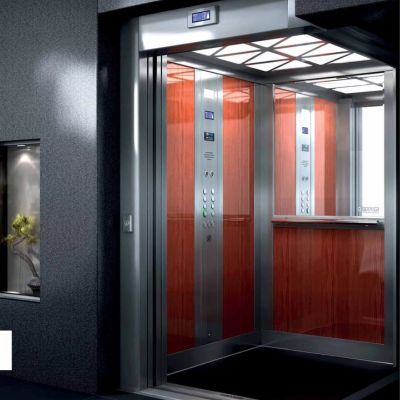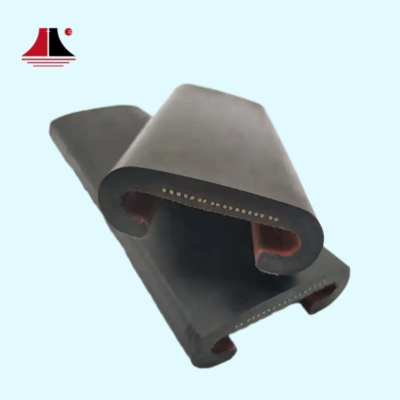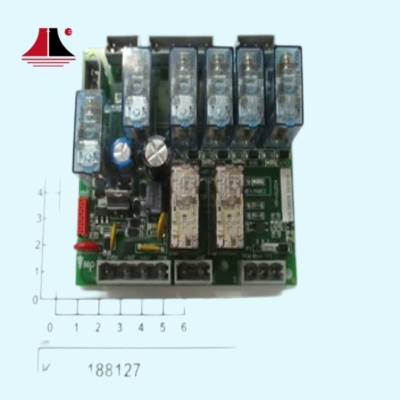How can I extend the life of my elevator?
Elevators are essential for daily operations in any multi-story building, whether it’s a residential home, commercial office, or public facility. Over time, like all mechanical systems, elevators wear down. To keep your elevator running safely and efficiently for many years, regular maintenance and timely modernization are crucial. In this updated guide, we explain the factors that affect an elevator’s lifespan, share best practices for upkeep, and help you decide whether to modernize or replace your system. Our goal is to empower you with clear, practical advice so you can make an informed decision that meets your needs. And as always, learn why FUJITA is your trusted partner in elevator solutions.
Understanding Elevator
Elevators, like all electronic devices, have a defined service life. Generally, the lifespan of an elevator system falls between 20 to 25 years, though this can vary based on several factors. For example, hydraulic elevators typically last around 20 to 25 years, while overhead traction elevators can operate for up to 30 years. Machine room-less (MRL) traction elevators usually have a shorter lifespan, around 10 to 15 years.
While these figures provide a rough estimate, the actual life of your elevator depends on its design, usage, and the level of care it receives over time. With proper maintenance, an elevator can exceed its expected lifespan and continue operating reliably for many years.
Key Factors Affecting Elevator Life
Several factors can shorten or extend the lifespan of your elevator. Understanding these factors will help you take proper action:
1. Usage Frequency
Elevators in busy environments, such as office buildings or hospitals, see heavy daily use, which naturally leads to more wear and tear. Residential elevators, with less frequent use, often last longer.
2. Maintenance Quality
Most elevator problems stem from poor or irregular maintenance. Regular servicing by certified professionals can drastically reduce the chances of breakdowns and extend the life of the system. An elevator that receives proper maintenance experiences significantly fewer failures.
3. Environmental Conditions
Harsh environments—such as areas with extreme temperatures, high humidity, or corrosive elements—can damage elevator components faster than in controlled conditions. It is important to protect the system from these elements whenever possible.
4. Technological Upgrades
Modern elevator systems benefit from advancements in technology. Newer components, such as energy-efficient motors and digital control systems, not only improve performance but also contribute to a longer, more reliable life. Upgrading parts can lead to energy savings of 20-40% and extend the elevator’s lifespan.
Best Practices for Maximizing Elevator Lifespan
Extending your elevator’s life is achievable with a proactive approach. Here are some best practices:
Regular Preventive Maintenance
lSchedule Inspections: Regularly inspect key components like motors, cables, and safety systems.
lLubrication: Keep mechanical parts lubricated to reduce friction.
lSafety System Testing: Frequently test emergency stops, overload sensors, and backup power systems.
Thorough Cleaning
lCab and Machinery: Keep the elevator cab and machine room clean to prevent debris buildup that can cause damage.
lRegular Servicing: Establish a cleaning schedule that minimizes operational downtime while protecting critical components.
Modernization of Critical Components
lControl Systems: Upgrading to a microprocessor-based control system can significantly improve response times and efficiency.
lDrive Systems: Consider replacing old motors with energy-efficient, permanent magnet motors for smoother and quieter performance.
lSafety Upgrades: Modernize safety features such as door sensors, emergency stop mechanisms, and lighting to meet current standards.
Responsible Usage
lEducate Users: Make sure all building occupants understand proper elevator use, including weight limits and operational guidelines.
lAvoid Overloading: Prevent damage by adhering to capacity guidelines.
Modernization vs. Replacement: Making the Right Choice
When your elevator begins to show signs of aging, you’re faced with two options: modernization or complete replacement.
Modernization
Modernization involves upgrading key components of your existing elevator system. This may include replacing the control system, motor, drive system, and safety features while keeping the basic structure intact.
Benefits of Modernization:
lCost-Effective: Modernizing can be up to 50-60% cheaper than installing a new system.
lExtended Lifespan: Proper upgrades can add 10 to 20 years to your elevator’s life.
lMinimal Disruption: Upgrades can often be made with little interruption to building operations.
Considerations:
lIt may only serve as a temporary improvement if the system is very outdated.
lThere might be compatibility issues with older components.
Replacement
Replacing the elevator means installing an entirely new system with the latest technology and safety features.
Benefits of Replacement:
lModern Technology: A brand-new elevator often includes the most advanced and reliable features.
lLower Long-Term Maintenance: New systems typically require less maintenance, reducing downtime and repair costs.
lEnhanced Performance: New elevators are designed for optimal energy efficiency and user comfort.
Considerations:
lReplacement requires a significant upfront investment and often a longer installation period.
lIt involves more permits and structural modifications.
Deciding between modernization and replacement depends on the age of your system, maintenance history, and your budget. A detailed assessment by a professional can help determine which option is best for your specific situation.
How to Clearly Communicate Your Needs
Effective communication with your elevator service provider is essential to choose the best modernization or replacement strategy. When discussing your requirements, consider these steps:
1. Evaluate Your Current System
Document the age, usage frequency, and recurring issues of your elevator.
Assess the overall condition and safety performance of your current system.
2. Define Your Goals
Determine whether your priority is to improve safety, boost energy efficiency, or simply extend the lifespan.
Consider if you need additional features such as advanced control systems or modernized safety sensors.
3. Prepare a Detailed Brief
List all your specific requirements (e.g., updated motor, digital control system, enhanced safety features).
Provide building details and environmental conditions that might affect elevator performance.
4. Consult with Experts
Engage with a reputable service provider who can evaluate your system and recommend the best modernization or replacement strategy.
Ask for a detailed proposal that outlines the improvements and benefits of each option.
Why Choose FUJITA for Your Elevator Modernization Needs?
At FUJITA, we are committed to delivering cutting-edge elevator solutions that blend innovation, efficiency, and safety. Our modernization services are designed to rejuvenate your traction elevator system through state-of-the-art upgrades. With over 20 years of experience in the elevator industry, our team of experts ensures that every project meets or exceeds international safety standards.
Our core strengths include:
lAdvanced Technology: We upgrade control systems, motors, and drive systems using the latest technology to achieve energy efficiency and smoother operation.
lComprehensive Safety Upgrades: Our modernization solutions incorporate modern safety sensors, emergency braking systems, and remote monitoring capabilities.
lExpert Consultation and Support: Our experienced team works closely with you from initial assessment to final testing, ensuring minimal disruption and maximum reliability.
lCost-Effective Solutions: Modernization with FUJITA can significantly extend your elevator’s life at a fraction of the cost of a complete replacement.
When you choose FUJITA, you are not only investing in an upgraded elevator but also enhancing the overall safety, performance, and value of your building.

